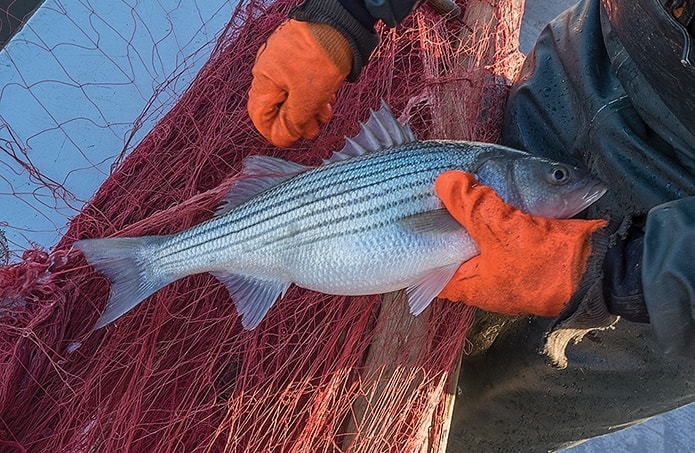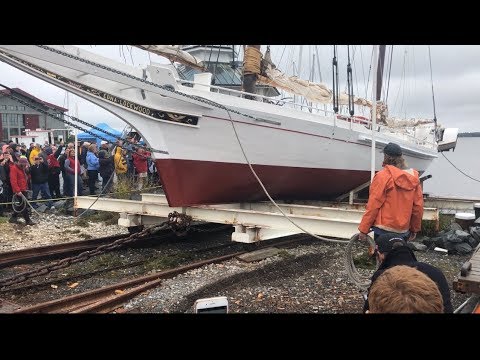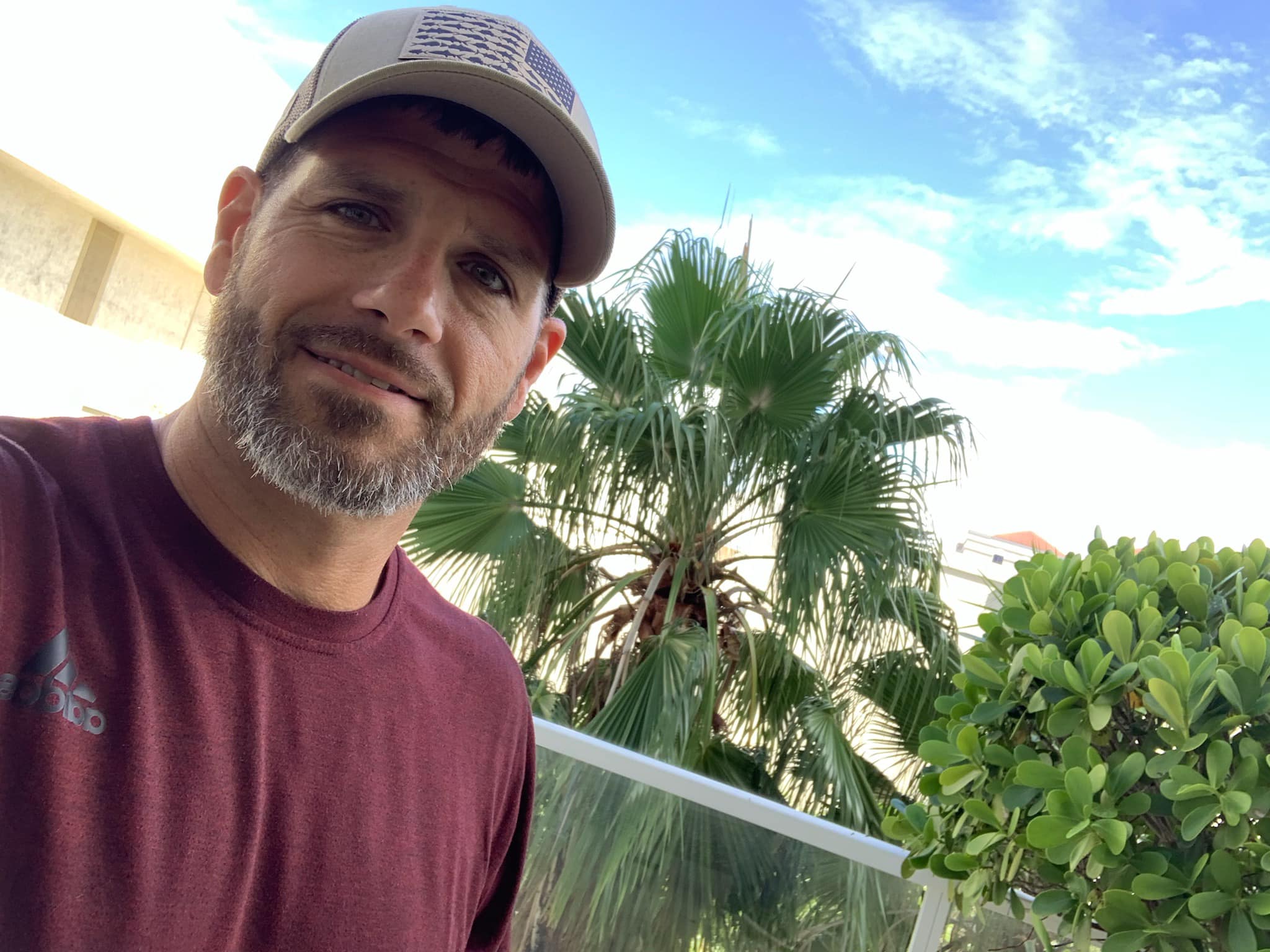By Jeremy Cox, Bay Journal News Service
The Virginia Marine Resources Commission approved a set of emergency measures August 27 to help protect the struggling striped bass population in the Chesapeake Bay and along the Atlantic coast. That includes lowering the number of “keepers” for recreational anglers from two to one fish per day.
The action will reduce the amount of striped bass lost to recreational fishing in Virginia by 24%, said Alex Aspinwall, a data analyst with the state commission.
Charter boat industry leaders said the change will devastate their business for striped bass, also known as rockfish. But the move’s backers said it and the other new measures are needed to keep fishery managers from having to enact the state’s first fishing moratorium on the species since 1990.
“No one wants their ox gored,” said Steven Bowman, head of the commission. But “this ox is not just gored. This ox is lying on its side in need of treatment.”
Striped bass are being overfished along the East Coast at a rate greater than scientists suspected, according to a federal stock assessment published last spring. It found the size of the mature female striped bass population, key to producing future generations, at 68,000 metric tons. That’s well below the management threshold of 91,000 metric tons.
The Atlantic States Marine Fisheries Commission, a panel of East Coast fishery managers, is considering a list of regulatory changes that seeks to reduce the annual striped bass fishing-related mortality along the coast by 18%. The commission is scheduled for a final vote on the measures in October.
In Virginia, fishery managers have been documenting the decline in striped bass with growing alarm. Recreational fishermen there caught 404,000 pounds of striped bass in the Bay in 2018, down from 5.3 million pounds in 2009, according to VMRC reports. Consistently ranking first or second in recreational landings as recently as the early 2000s, Virginia has ranked fifth or lower every year since 2010.
Virginia’s commercial catch has been steadier in the Bay, but it has shrunk as well, from about 1.4 million pounds in 2009 to 950,000 pounds in 2018.
The state shut down its spring striped bass trophy season early this year in response to mounting evidence of the species’ decline.
The VMRC took several actions on Aug. 27. It raised the size limit on striped bass from 28 to 36 inches, which the commission hopes will reduce the number of fish released back into the water. Many are dead upon release or die soon thereafter. If anglers can keep those fish instead of releasing them, it may keep them from catching still more striped bass to replace them.
The commission also created for the commercial sector a maximum gill net size of 9 inches in the coastal fishery and 7 inches in the Chesapeake Bay fishery. That will effectively limit the size of the fish they catch, Bowman said. Previously, there had been no size limits.
The most hotly disputed action was reducing the recreational catch limit to just one striped bass per day. Charter boat captains said the change will force them to pursue other gamefish species. They also fear that clients will cancel trips and hire boats in other states with less-restrictive regulations.
“We’re trying to go a little too far and more restrictive than the ASMFC scientists want us to be,” said Jeff Deem, who heads the committee that advises the commission on finfish issues. On Aug. 26, his committee voted 4-0, with three members abstaining, to urge the Virginia commission to delay the staff-recommended moves, allowing time for more review and to weigh the economic consequences.
Instead, the commission voted 9-0 to accept them.
Ken Neill, a commission member and former president of the Peninsula Salt Water Sport Fisherman’s Association, called the changes a “bitter pill to swallow.” But he voted in favor of them anyway.
“Worse than this would be not having rockfish,” he said. “I’m not happy about this. Sometimes we have to do hard things to keep us from having to do harder things.”
Bowman warned that unless the actions are taken now, the fishery could face a moratorium like the one that was in effect from June 1989 to November 1990. That was part of a slate of measures that helped striped bass recover from a severe dip in the 1980s; by 1995, the species was declared “recovered.”
Now, other states need to take similar steps to save the striped bass across its range, he added.
“I think passing this emergency regulation today sends a message loud and clear of what we can do and will do,” Bowman said. “I understand the ramifications behind it, but I also understand the consequences of having no fish.”
The emergency rules went into effect immediately but expire in 30 days unless the commission approves permanent regulations at its meeting in September.




